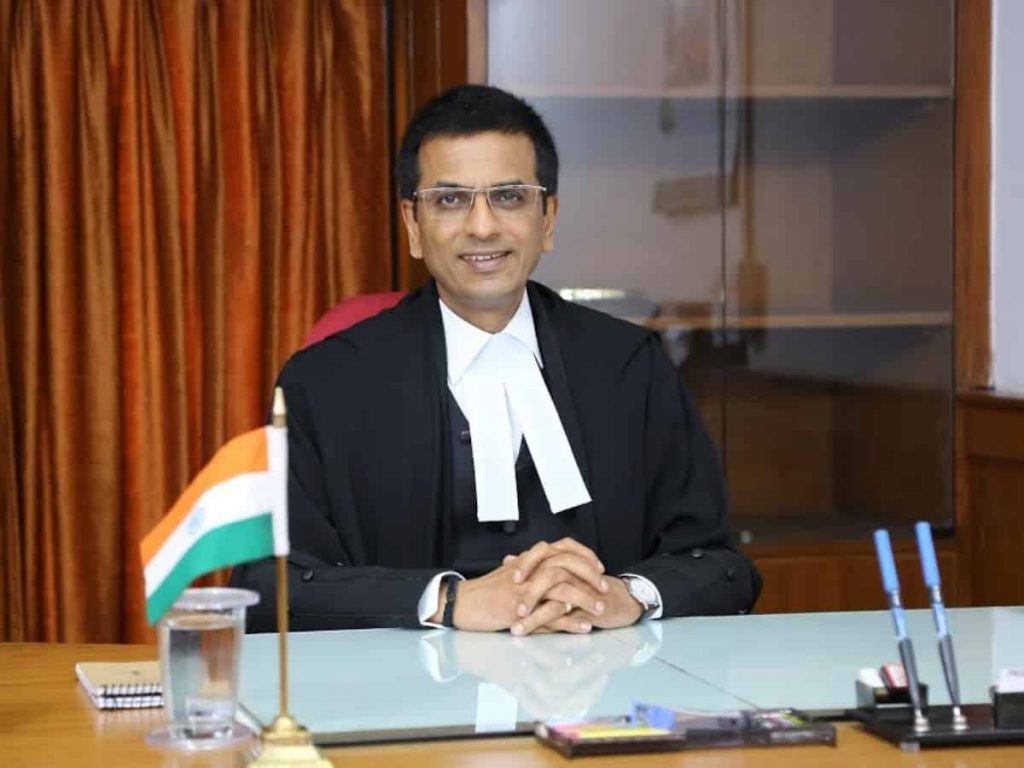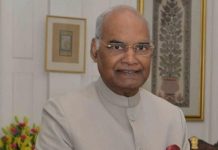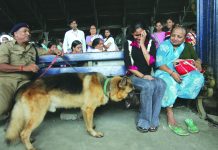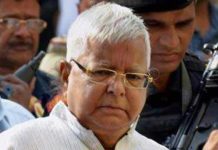
The FIR registered by the Manipur Police against a three-member team of the Editors Guild of India that visited strife-torn Manipur recently is akin to shooting the messenger. A report by Sunny Sharma
The three journalists and the Editors Guild President who had published a fact finding report on the situation in Manipur face charges of promoting enmity, inciting religious feelings and criminal conspiracy. A second FIR had the additional charge of defamation. Manipur police have registered an FIR against Guild president Seema Mustafa, Seema Guha, Sanjay Kapoor and Bharat Bhushan under penal sections 153A (promoting enmity between communities), 298 (deliberately inciting religious feelings), 505 (statements conducive to public mischief) and 120B (criminal conspiracy). The FIRs had been registered on the basis of separate complaints from two citizens who claimed to be social activists.
The Editors Guild of India that visited strife-torn Manipur criticised what it termed one-sided reporting by some media outlets. It claimed there were indications that the state leadership had turned partisan. The internet ban was slammed as being detrimental to reportage. Accusing the fact-finding team of trying to provoke clashes, Chief Minister N Biren Singh called it anti-state, anti-national and anti-establishment.
The Supreme Court has provided protection to the three against any coercive steps. The Editors Guild has claimed that the visit followed an alert from the Army, which wanted an ‘objective assessment’ on whether journalistic norms were being violated.
On July 12, 2023, when the conflict had already been going on for a little over two months, the EGI also received a written complaint from the Indian Army’s 3rd Corps headquarters citing specific examples of the media in Manipur suggesting that it may be playing “a major role in arousing passion and not letting sustainable peace to come in”. A three-member team comprising Seema Guha, Bharat Bhushan, and Sanjay Kapoor was sent to Manipur to examine the media reportage in the state. The team visited Manipur from August 7 to 10. The report was released on September 2.
During the hearing, the Chief Justice D.Y. Chandrachud wondered orally whether the publication of a subjective analysis by a group of journalists could be a ground for the registration of an FIR. The apex court also decided to examine the Guild’s plea for transfer of the FIR to the jurisdiction of Delhi High Court from that of Manipur High Court.
Representing the Guild journalists, senior advocate Kapil Sibal told the bench, which included Justices J.B. Pardiwala and Manoj Mishra, that the situation in Manipur made it “hazardous” to visit the state. “We did not volunteer to go there…. We got a letter from the army. Please see the letter of the army to the Editors Guild,” Sibal said.
Justice Chandrachud asked: “But why should the army invite you?” Sibal replied: “They wanted us to make an objective assessment of what is happening. We published our report on September 2. On September 3 night, we were prosecuted for offences under the Indian Penal Code. The chief minister also makes a statement against us and holds a press conference. How can we be prosecuted for the publication of a report?” Justice Chandrachud then turned towards solicitor-general Tushar Mehta, who was appearing for the Manipur government, and asked: “It is a report after all. The basic point he is arguing is that they have only filed a report that may be a matter of their subjective opinion. “This is not a case of somebody on the ground having committed an offence. They have published a report. Can that be a ground for an FIR?”
After FIRs against the team of Editors Guild of India, many media bodies and the Guild have reiterated that the underlying idea of the report was to enable introspection and reflection on the media’s conduct in such a sensitive situation. They have urged the state government to close the FIRs.













